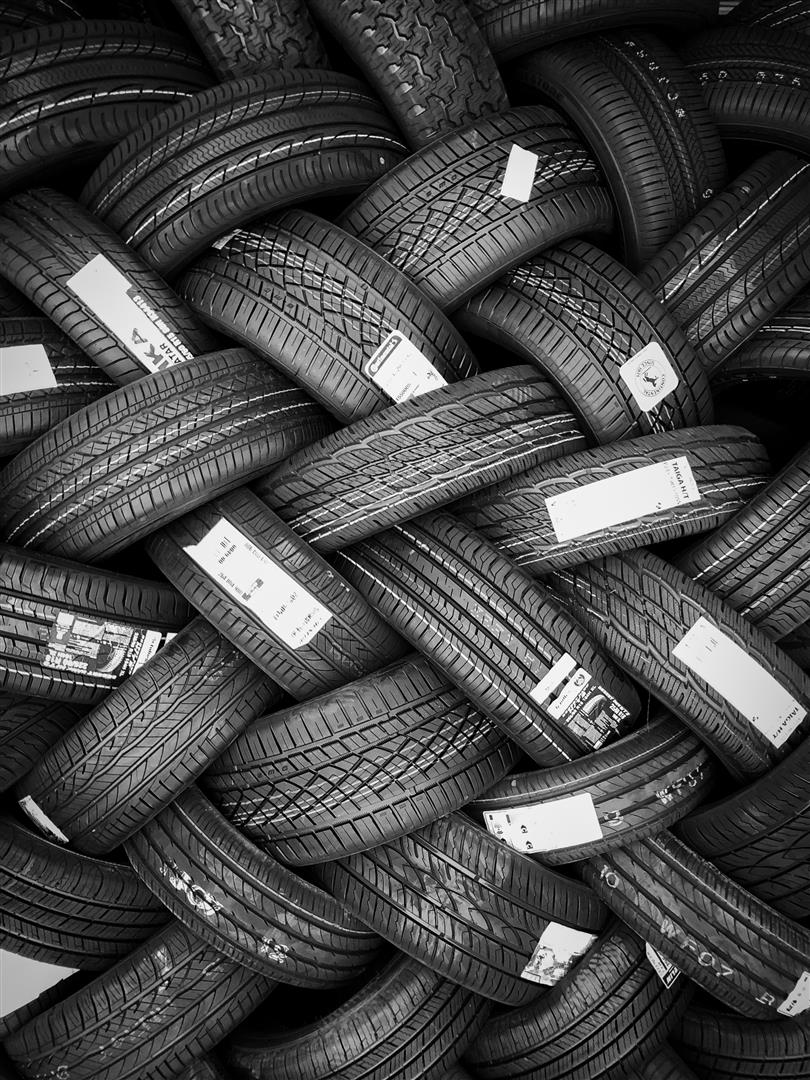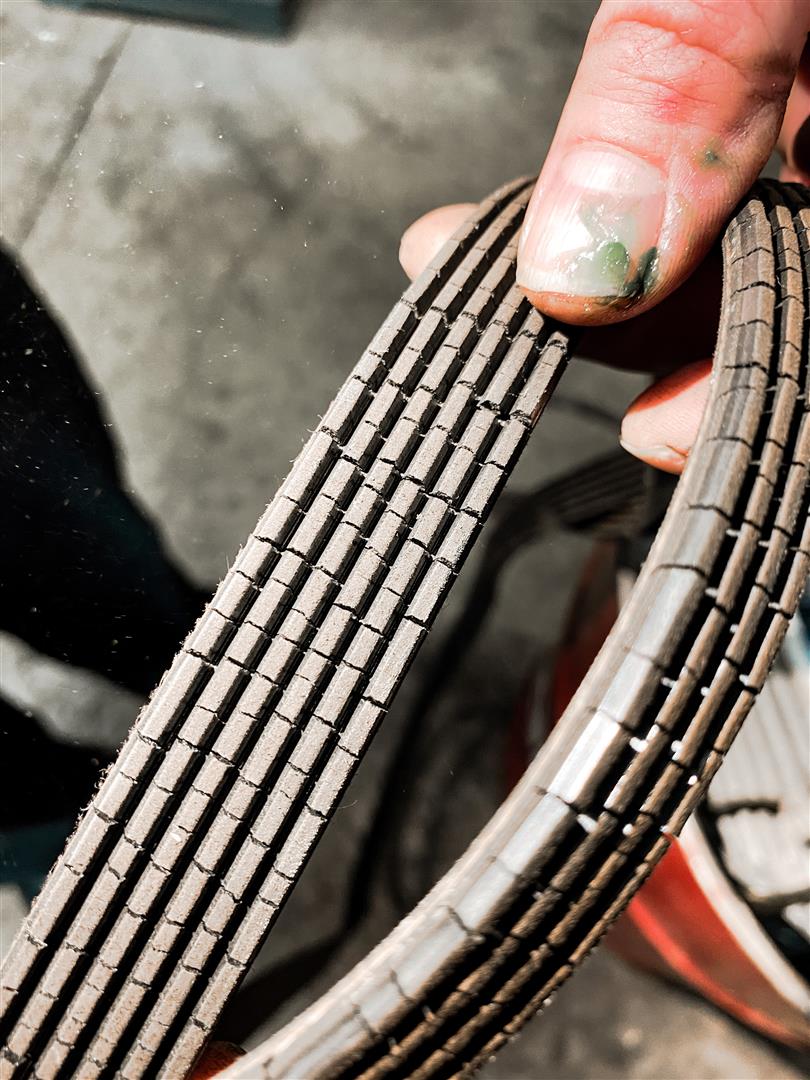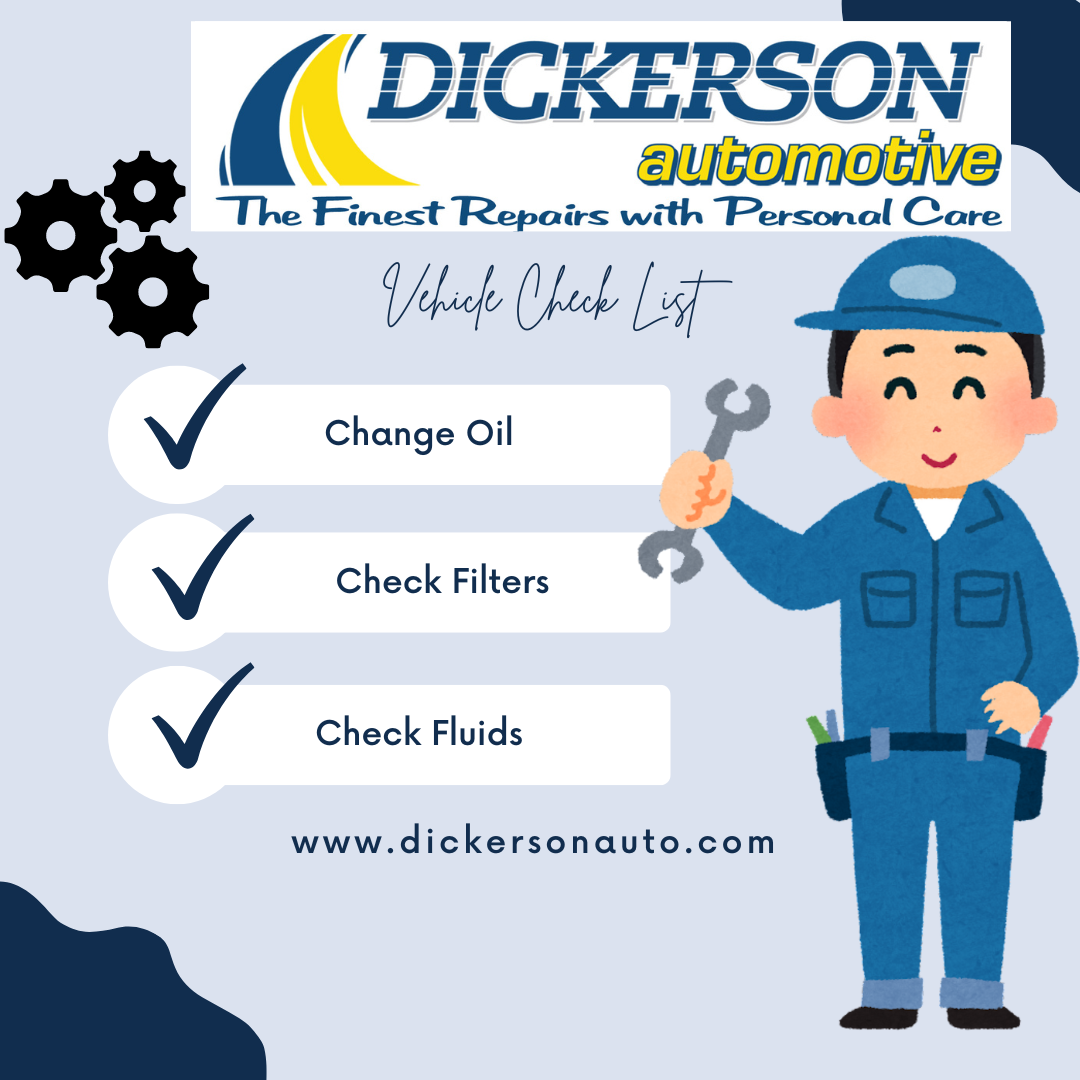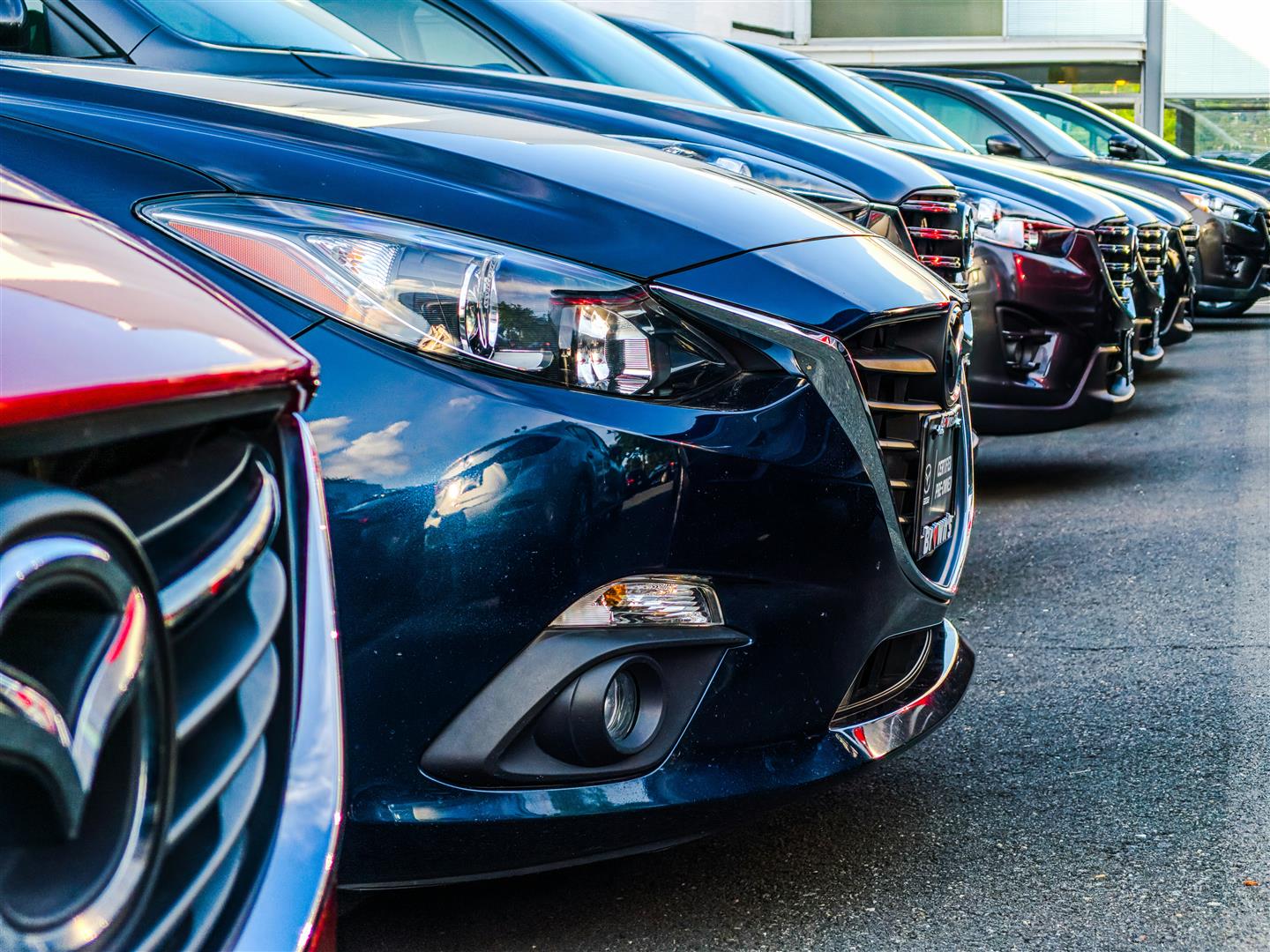Posted on 4/16/2025
Your Honda’s engine is a finely tuned machine and keeping it running smoothly requires regular maintenance. One often-overlooked service that plays a vital role in engine performance and longevity is a valve adjustment. Honda vehicles typically Honda Pilots and Odyssey 2018 and older, especially models with mechanical (non-hydraulic) valve lifters, require periodic valve adjustments to maintain proper engine function. In this blog, we’ll explain what a valve adjustment is, the signs that your Honda may need one, and why this service is essential for your vehicle’s health. What Is a Valve Adjustment? A valve adjustment is a precise process where a technician adjusts the clearance between the valve stem and the rocker arm or camshaft. This gap is critical because it allows the valves to open and close properly, controlling the air-fuel mixture entering t ... read more
Posted on 12/26/2024

Tires are the unsung heroes of your vehicle. They provide traction, ensure smooth handling, and play a critical role in your overall safety. However, like all components, they wear out over time and need replacement. Knowing when to replace your tires is essential for keeping your car safe and performing at its best. Key Signs You Need New TiresTread Depth: The tread on your tires provides the grip necessary for safe driving. Over time, this tread wears down. Use the "penny test" to check your tread depth: Insert a penny into the tread with Lincoln’s head facing downward. If you can see all of Lincoln’s head, it’s time for new tires. Ideally, replace them when tread depth falls below 2/32 of an inch. Cracks and Bulges: Tires exposed to extreme weather or simply aging can develop cracks in the sidewall or bulges. These are signs that the tire structure is compromised, which can lead to blowouts. ... read more
Posted on 8/6/2024

The Importance of Serpentine Belt Replacement and Symptoms of a Worn Belt The serpentine belt is a crucial component of your vehicle's engine, responsible for driving multiple peripheral devices such as the alternator, power steering pump, water pump, and air conditioning compressor. Keeping this belt in good condition is vital for the proper functioning of your car. Here’s why timely serpentine belt replacement is important and how to recognize the signs of a worn belt. Why Replace the Serpentine Belt? 1. Prevent Engine Overheating: The serpentine belt drives the water pump, which circulates coolant through the engine. A failed belt can cause the engine to overheat, leading to significant damage. 2. Maintain Power Steering: Without a functioning serpentine belt, the power steering pump won't operate, making the vehicle difficult to steer and increasing the risk o ... read more
Posted on 7/10/2024

Owning a car comes with the responsibility of regular maintenance to ensure it runs smoothly and reliably. Neglecting essential upkeep can lead to unexpected breakdowns and costly repairs. Here are the top five car maintenance tasks that can help prevent breakdowns and keep your vehicle in top condition: 1. Regular Oil Changes Oil is the lifeblood of your car's engine. It lubricates the engine components, reducing friction and preventing overheating. Over time, oil breaks down and becomes contaminated with dirt and debris, losing its effectiveness. Regular oil changes, typically every 3,000 to 5,000 miles, ensure that your engine stays well-lubricated and operates efficiently. 2. Check and Replace Air Filters Air filters prevent dirt, dust, and debris from entering your engine and affecting its performance. A clogged air filter can reduce fuel efficiency, increase emissions, and lead to engine problems. Check your air ... read more
Posted on 7/2/2024

Deciding whether to maintain your current vehicle or purchase a new one is a significant financial decision. While the allure of a new car is strong, there are substantial benefits to maintaining your current vehicle. Insights from [Edmunds' True Cost to Own (TCO)] (https://www.edmunds.com/about/more-about-tco.html) analysis highlight several advantages of sticking with your existing car. Let’s explore these benefits in detail. Financial Savings 1. Lower Depreciation Costs: - New cars depreciate quickly, losing a significant portion of their value within the first few years. By maintaining your current vehicle, you avoid this steep depreciation hit. Your car has already gone through the most rapid phase of depreciation, making it a more economical choice. 2. Reduced Monthly Expenses: - Purchasing a new car often involves taking on a new loan, leading to higher monthly payments. Maintaining your current car, especially if i ... read more